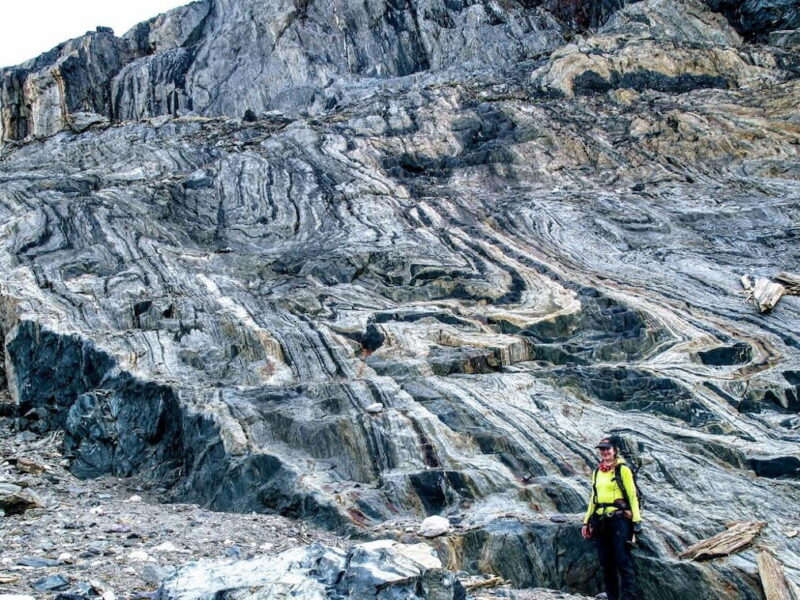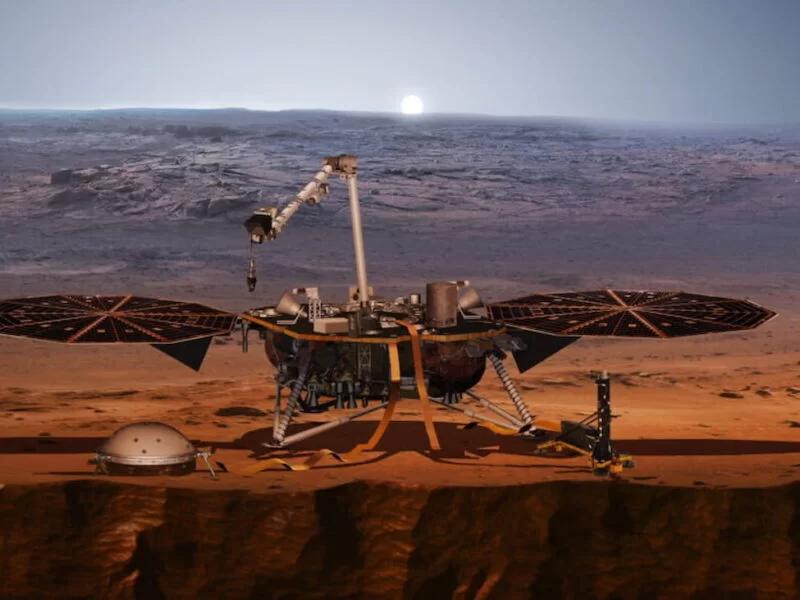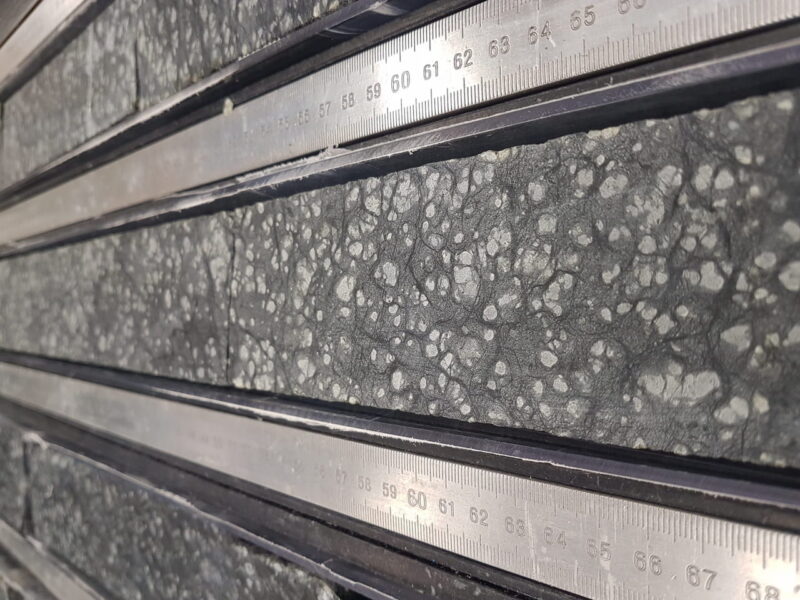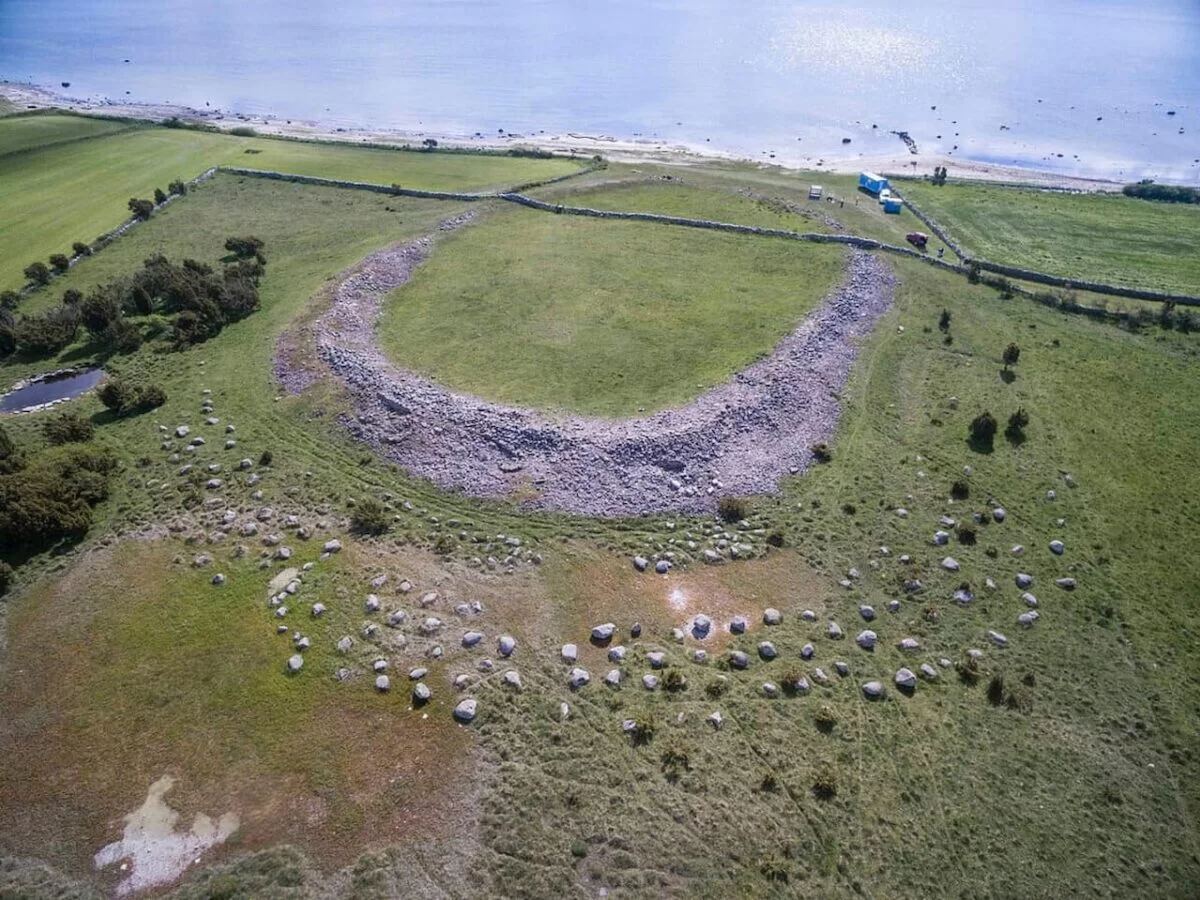Scientists from the University of Southern California (USC) have confirmed that the Earth’s inner core is rotating more slowly than the planet’s surface. This significant finding, published in Nature, reveals that the inner core began to decelerate around 2010, overturning previous beliefs about its rotational dynamics.
For decades, the scientific community has debated the movement of the Earth’s inner core. Some studies suggested that the inner core rotates faster than the planet’s surface. However, the new research from USC provides compelling evidence that the inner core’s rotation has not only slowed but is now slower than the Earth’s surface.
When I first saw the seismograms indicating this change, I was puzzled, said John Vidale, Professor of Earth Sciences at USC’s Dornsife College of Letters, Arts and Sciences. But after discovering two dozen more observations showing the same pattern, the conclusion was undeniable. The inner core had slowed down for the first time in many decades. Other scientists have proposed various models, but our latest study offers the most convincing resolution.
The research shows that the inner core is reversing its rotation relative to the surface because it is moving slightly slower than the Earth’s mantle for the first time in about 40 years. In essence, compared to its rotational speed in previous decades, the inner core is decelerating.
The Earth’s inner core is a solid sphere composed of iron and nickel, surrounded by a liquid outer core of the same materials. It is approximately the size of the moon and located over 4,800 kilometers beneath the Earth’s surface, making it inaccessible for direct observation. Therefore, scientists rely on seismic waves generated by earthquakes to infer the core’s movement.
Vidale and Wei Wang from the Chinese Academy of Sciences utilized seismic waveforms and repetitive earthquakes in their research. Repetitive earthquakes are seismic events that occur in the same location and produce identical seismograms. This study analyzed seismic data from 121 repetitive earthquakes recorded near the South Sandwich Islands between 1991 and 2023. The researchers also used data from Soviet nuclear tests conducted between 1971 and 1974, as well as French and American nuclear tests from other studies on the inner core.
Vidale explained that the slowing of the inner core’s rotation is caused by the turbulent movement of the surrounding liquid outer core, which generates the Earth’s magnetic field, and the gravitational pulls from dense regions in the overlying rocky mantle.
The Impact on the Earth’s Surface
The implications of this change in the inner core’s movement on the Earth’s surface remain speculative. Vidale noted that the inner core’s deceleration might alter the length of a day by mere fractions of a second: It’s very difficult to notice, on the order of a millisecond, almost lost in the noise of the oceans and atmosphere in turmoil.
Future research by USC scientists aims to map the inner core’s trajectory in greater detail to uncover the exact reasons behind its changing rotation. The dance of the inner core could be even more dynamic than we currently understand, Vidale added.
Sources
University of Southern California | Wang, W., Vidale, J.E., Pang, G. et al. Inner core backtracking by seismic waveform change reversals. Nature (2024). doi.org/10.1038/s41586-024-07536-4
Discover more from LBV Magazine English Edition
Subscribe to get the latest posts sent to your email.




















